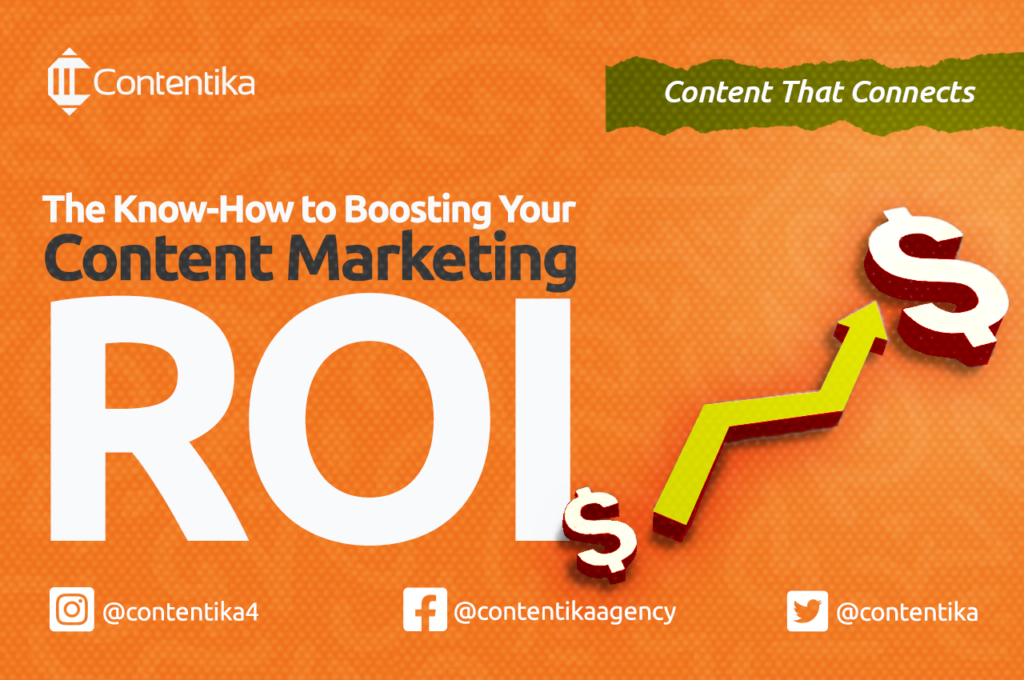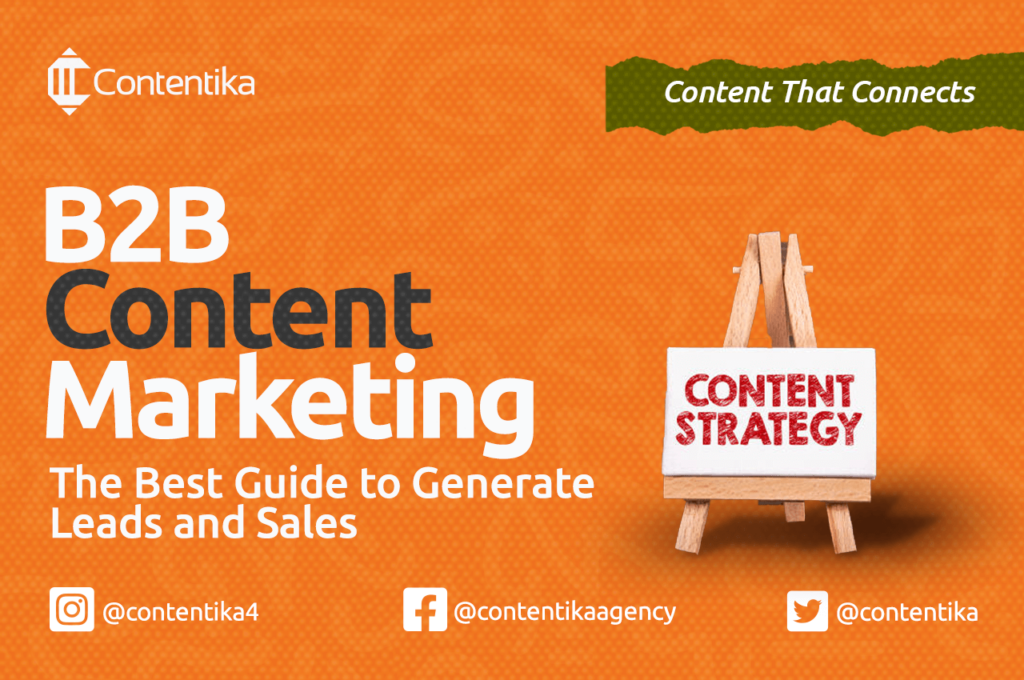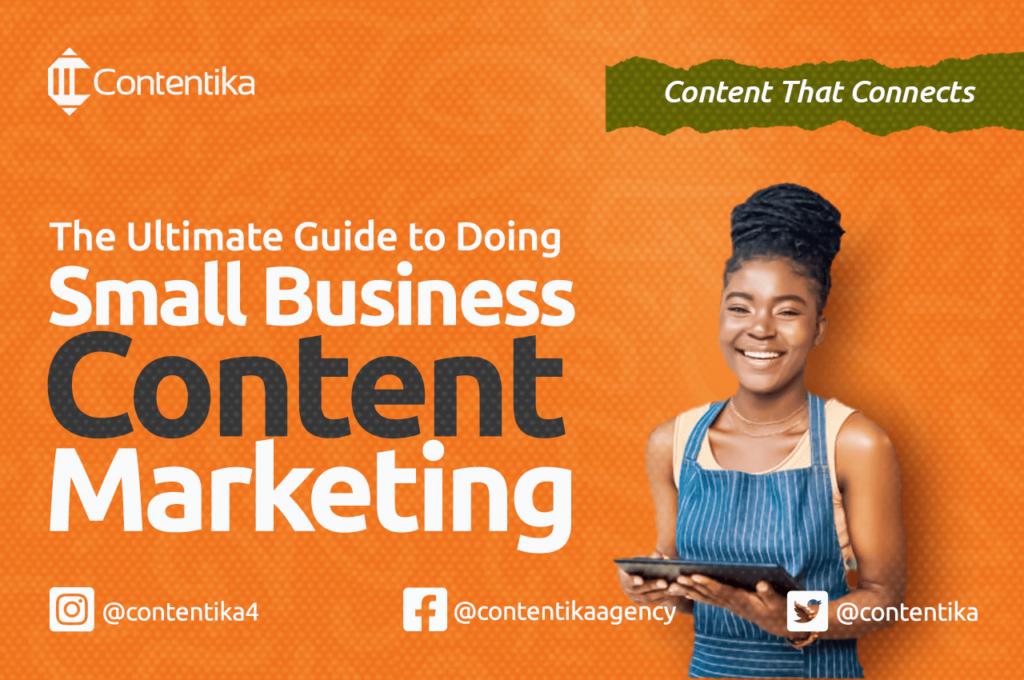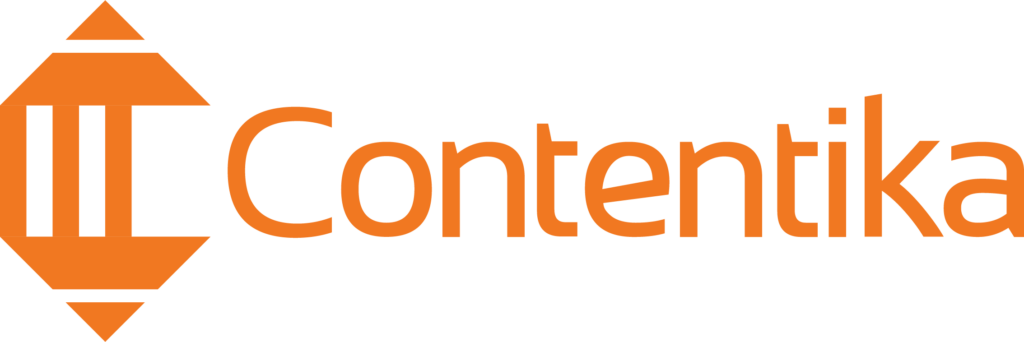The Know-How to Boosting Your Content Marketing ROI

You’ve probably heard it said that “content is king” when it comes to online marketing. That’s because high-quality, well-written, informative content can help attract and engage potential customers, build trust and credibility, and drive conversions. But what’s often missing from the equation is a discussion of content marketing ROI – or how to measure the […]
How a Content Management System Can Transform Your Business

In today’s business world, a website is essential. It’s a way to reach customers, market products or services, and connect with potential new customers or partners. But creating and maintaining a website can be expensive and time-consuming, especially if you don’t have the right tools. That’s where a Content Management System (CMS) becomes a lifesaver. […]
An Ultimate Guide to Successful Inbound Marketing

Digital marketing can be overwhelming, with a constant stream of new tactics and technologies to keep up with. But at the end of the day, all inbound marketing comes down to making good content and connecting with your audience in a tangible way. Customers don’t want to be bombarded with sales messages – they want […]
B2B Content Marketing: The Best Guide to Generate Leads and Sales

As a business-to-business (B2B) marketer, your primary goal is to generate leads that convert into sales and revenue for your company. And to do that, you need an effective content marketing strategy. B2B content marketing is an extremely effective lead-generation tool when done right. Indeed, 91 percent of B2B marketers who use content marketing believe […]
A Comprehensive Guide to Content Forms: What Works, and Why

As content marketing grows and evolves and different trends and techniques emerge, brands and businesses must adapt and tailor their content strategies to what works in the digital age. Depending on their target audience, industry, and goals, different businesses will find that various content forms work better for them. And as different platforms and devices […]
The Ultimate Guide to Doing Small Business Content Marketing [+Free Template]

Small business owners have their work cut out for them. Not only do they have to manage the day-to-day operations of their businesses, but they also have to find time to market them effectively. However, marketing can be both challenging and expensive. It’s hard to compete with the big guys regarding visibility; traditional advertising methods […]


